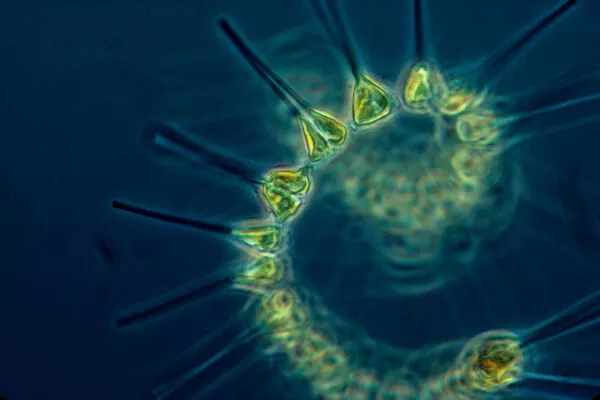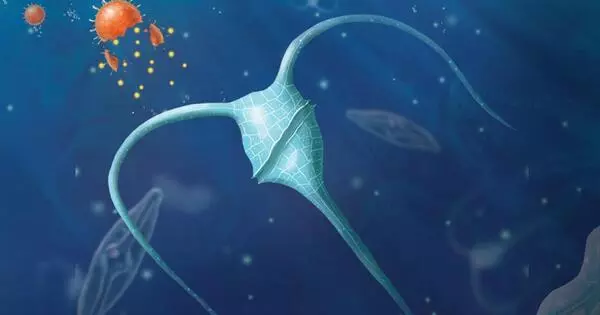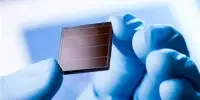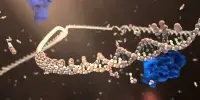Carbon dioxide from the atmosphere is absorbed by the ocean wherever air meets water. Wind creates waves and turbulence, which allows the water to absorb more carbon dioxide. Ocean water is typically less acidic than fresh water. Unfortunately, as more carbon dioxide from the atmosphere is absorbed by the ocean, it becomes more acidic. An acidic liquid is something like lemon juice. Toothpaste has an alkaline pH. The water in the ocean is slightly alkaline.
Iron-based fertilizer may encourage plankton to absorb carbon dioxide from the ocean, resulting in a carbon-negative process. According to an international research team led by Michael Hochella of the Department of Energy’s Pacific Northwest National Laboratory, the urgent need to remove excess carbon dioxide from the Earth’s environment could include enlisting some of our planet’s smallest inhabitants.
Hochella and his colleagues investigated the scientific evidence for introducing iron-rich engineered fertilizer particles near ocean plankton into the oceans. The goal would be to feed phytoplankton, microscopic plants that are an important part of the ocean ecosystem, in order to promote growth and CO2 uptake. The study was published in the journal Nature Nanotechnology.
At this point, time is of the essence. To combat rising temperatures, we must decrease CO2 levels on a global scale. Examining all our options, including using the oceans as a CO2 sink, gives us the best chance of cooling the planet.
Michael Hochella
“The idea is to augment existing processes,” said Hochella, a Laboratory fellow at Pacific Northwest National Laboratory. “Humans have fertilized the land to grow crops for centuries. We can learn to fertilize the oceans responsibly.”
In the natural world, nutrients from the land reach the oceans via rivers and blowing dust to fertilize plankton. The research team proposes taking this natural process a step further to aid in the removal of excess CO2 via the ocean. They looked at evidence suggesting that adding specific combinations of carefully engineered materials could effectively fertilize the oceans, encouraging phytoplankton to act as a carbon sink.
The organisms would consume a large amount of carbon. They would then sink deep into the ocean as they died, carrying the excess carbon with them. According to scientists, the proposed fertilization would simply accelerate a natural process that already safely sequesters carbon in a form that can remove it from the atmosphere for thousands of years.
“At this point, time is of the essence,” said Hochella. “To combat rising temperatures, we must decrease CO2 levels on a global scale. Examining all our options, including using the oceans as a CO2 sink, gives us the best chance of cooling the planet.”

Pulling insights from the literature
In their analysis, the researchers argue that engineered nanoparticles offer several attractive attributes. They could be highly controlled and specifically tuned for different ocean environments. Surface coatings could help the particles attach to plankton. Some particles also have light-absorbing properties, allowing plankton to consume and use more CO2. The general approach could also be tuned to meet the needs of specific ocean environments. For example, one region might benefit most from iron-based particles, while silicon-based particles may be most effective elsewhere, they say.
The researchers’ analysis of 123 published studies showed that numerous non-toxic metal-oxygen materials could safely enhance plankton growth. The stability, Earth abundance, and ease of creation of these materials make them viable options as plankton fertilizers, they argue.
The team also calculated the cost of creating and distributing various particles. While the process would be significantly more expensive than adding non-engineered materials, it would also be significantly more effective.
Ocean fertilization is a type of geoengineering (large-scale human actions to deliberately manipulate environmental systems) that involves adding nutrients to the upper (sunlit) layers of the ocean to stimulate phytoplankton activity (photosynthesis) in an attempt to reduce atmospheric CO2 levels. Phytoplankton are tiny marine plants that form the foundation of the marine food web and are naturally limited by the availability of elements such as nitrogen and iron.















